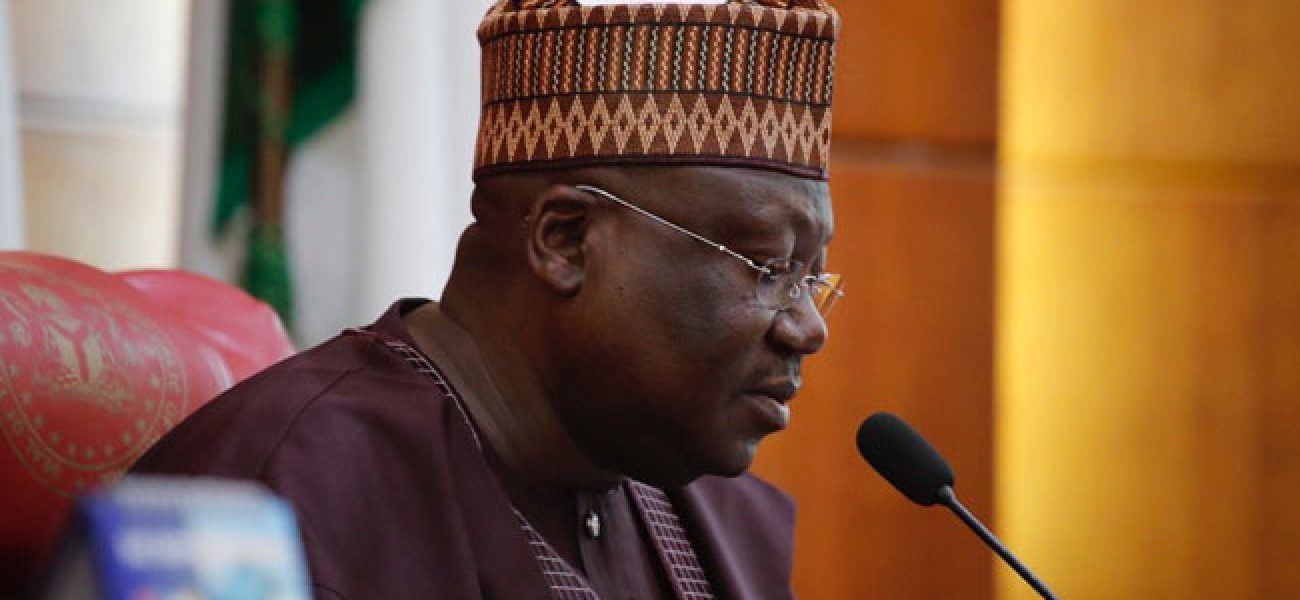The process of consideration and confirmation of a nominee as National Commissioner of the Independent National Electoral Commission (INEC) has brought into question, the integrity of Nigeria’s National Assembly’s voting system. At the National Assembly, most votes and decisions are reached by voice votes with the presiding officer deciding which of the ‘ayes’ or ‘nays’ sounded loudest. The Senate Committee on INEC screened seven nominees from President Muhammadu Buhari for the positions of INEC Commissioners. The committee recommended that five nominees be approved by the Senate. On the other two nominees, the committee in line with public pressure, recommended disapproval of Ms. Lauretta Onochie, the President’s Senior Special Assistant. It also recommended that the confirmation of the other National Commissioner nominee, Prof. Sani Muhammad Adam be stepped down pending further legislative action. Senate in plenary, confirmed five nominees as approved by its committee. It also accepted its committee’s recommendation to turn down the appointment of Ms. Onochie. However, to the consternation of plenary watchers, the committee’s recommendation to step down confirmation of Prof. Sani Adam was rejected by the Senate President when he announced that the voice vote on the matter was in favour of the ‘ayes.’ This process was televised and the video of the session continues to play on social media platforms. Journalists and observers who were watching the plenary session when the question was put to vote insist that they did not hear anyone vote aye when the Senate President put the question to vote. What everyone heard was a resounding nay to the nominee’s approval.
It would appear that the response was switched and the National Commissioner nominee for INEC was announced as approved by the Senate when the ayes did not give the vote. The outcome has confounded many Nigerians who are shocked that no member sitting during the session protested visibly against the announcement of the outcome of the vote. This event has raised questions about the voting process in the National Assembly where use of voting machine is hardly applied in proceedings. Since the 7th Assembly (2011-2015), the National Assembly has had electronic voting system in place, that it very rarely used. During the voting on alteration to the Constitution in 2014, the National Assembly used the electronic voting machine to accurately record the votes. At a few other times, members have had to physically announce their names and votes, with these recorded. Indeed, the next day, after the vote on the said National Commissioner, the senators voted physically and by division, recording the vote of each member on the controversial clause 52 of the Electoral Bill that it passed.
Nigerians expect that the votes of members elected by them into the National Assembly are reflected in proceedings. The confirmation session during this particular plenary session appears to challenge that.

